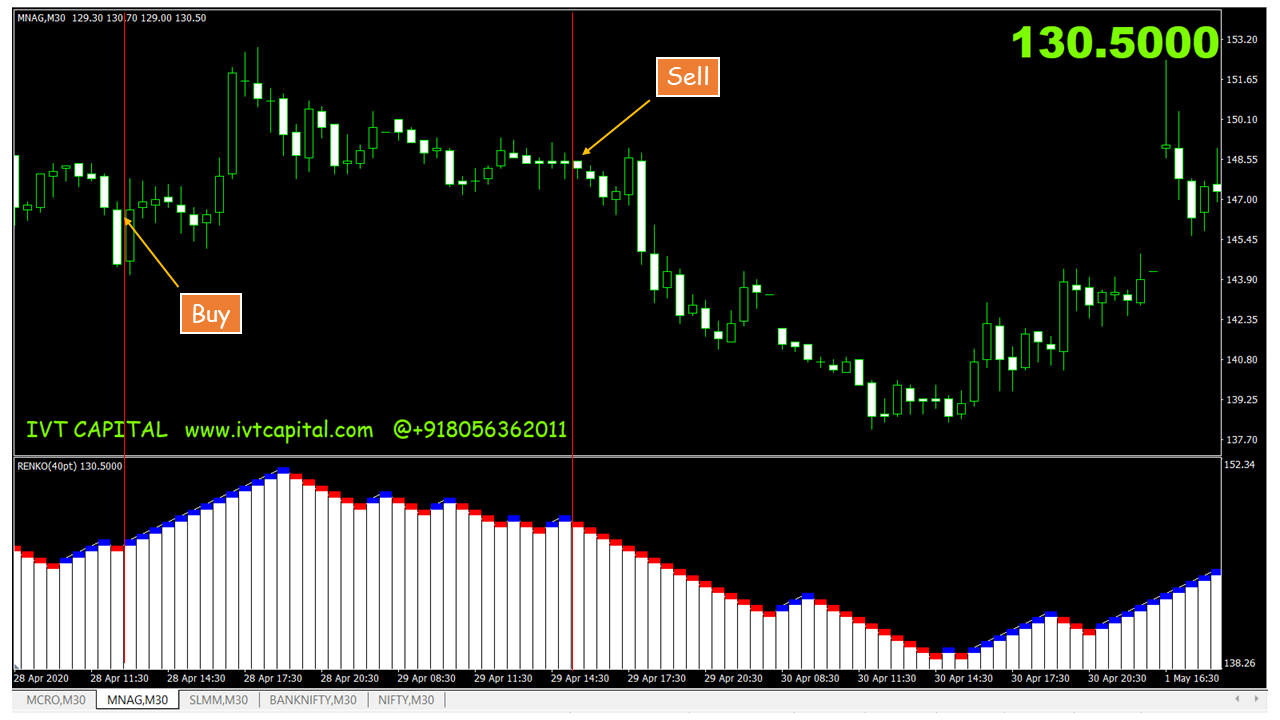

A range-bound play will involve buying near support areas and selling near resistance. At these levels, traders can trade range-bound strategies and watch out for potential price breakouts. Renko charts show strong support and resistance levels when the bricks alternate at a certain price area for some time.

Here are some of the signals delivered by a Renko chart: Renko Support and Resistance Levels Trading with Renko Charts – Renko Trading StrategyĪ Renko forex strategy may help traders identify quality trading opportunities. Renko charts will highlight the long-term trend, whereas Heikin Ashi charts show how recent average prices change. As such, they should be interpreted differently.

The different construction methods of Renko and Heikin Ashi also mean that they will deliver different price action signals. Heikin Ashi charts help identify when the price is trending and when the trend is likely to pause or reverse. Heikin Ashi translates to ‘average bar’ in English. The computation of Heikin Ashi shows that the chart is designed to display the rate at which average prices change. It is computed by finding the average of the current period’s open, close, high, and low prices. The Close of a Heikin Ashi chart represents the average price of the current period. It is computed by finding the average of the open and close prices of the previous candlestick. The open and close prices are computed differently.Ī Heikin Ashi Open represents the midpoint of the previous candlestick. But a Heikin Ashi candlestick will be constructed using these price levels and include additional price information from the previous period.Ī Heikin Ashi candle also has open, close, high, and low prices, but only the high and low are similar to the typical candlestick.

A standard candlestick will display information about the current open, close, high, and low prices. While Renko charts feature boxes drawn as described above, Heikin Ashi charts look similar to typical charts, but their candlesticks are computed differently. Renko charts are typically compared with Heikin Ashi charts, another type of trading chart of Japanese origins. For instance, if a brick size is 50 pips, for a Renko chart to show a transition from a bullish brick to a bearish brick, the price must close lower by at least 100 pips. For an opposite brick to be printed next to the other, the asset price must move at least twice the set movement. Renko bricks are never drawn next to each other. Bullish bricks form above the previous bricks, whereas bearish bricks form below the last bricks. While they have a time axis, it is only meant to be considered if the set movement (closing prices) has been realized and not to show elapsed time. Renko bars or bricks are constructed using only closing prices and are placed at 45-degree angles next to each other. Register Now or Try Free Demo Construction of Renko Charts


 0 kommentar(er)
0 kommentar(er)
